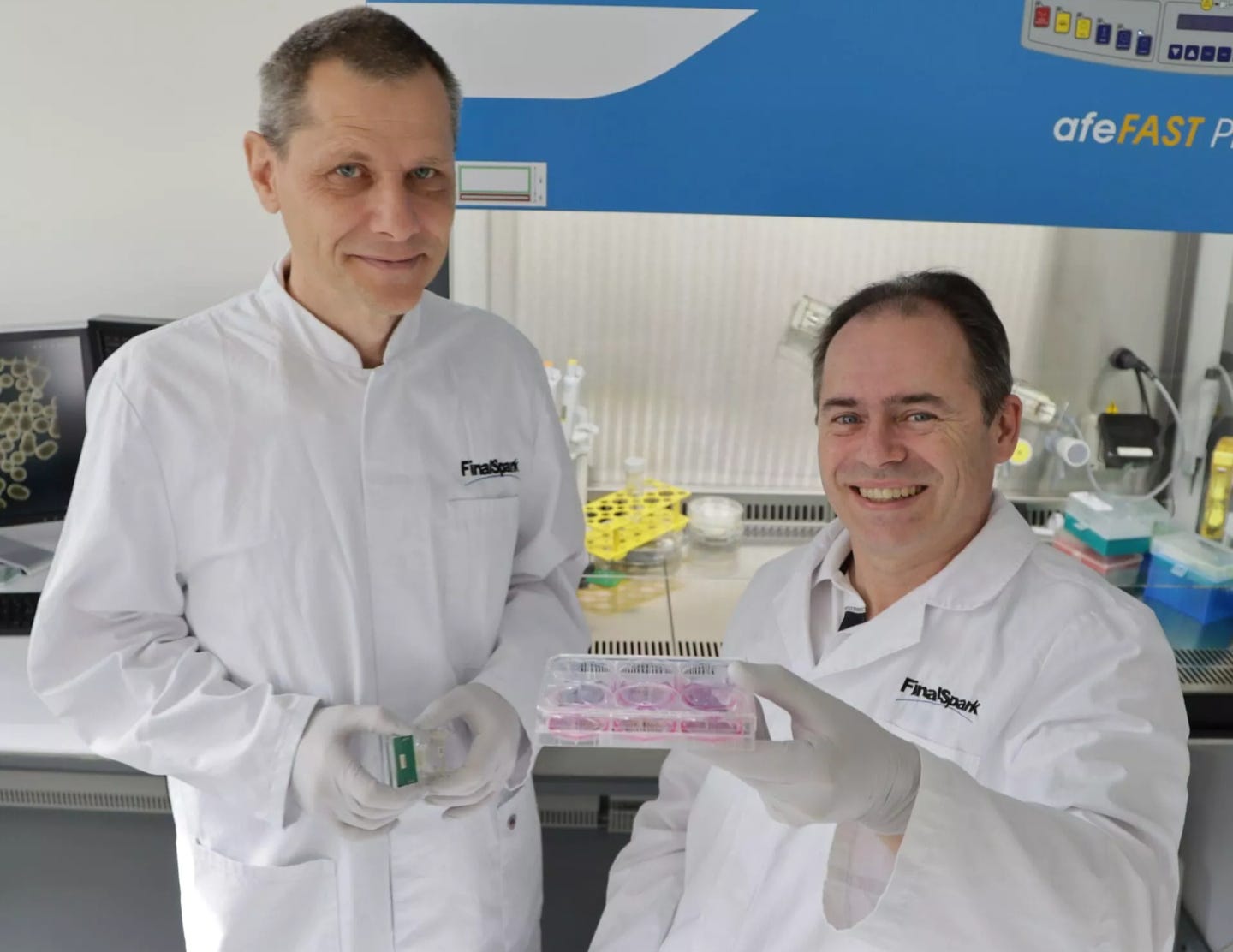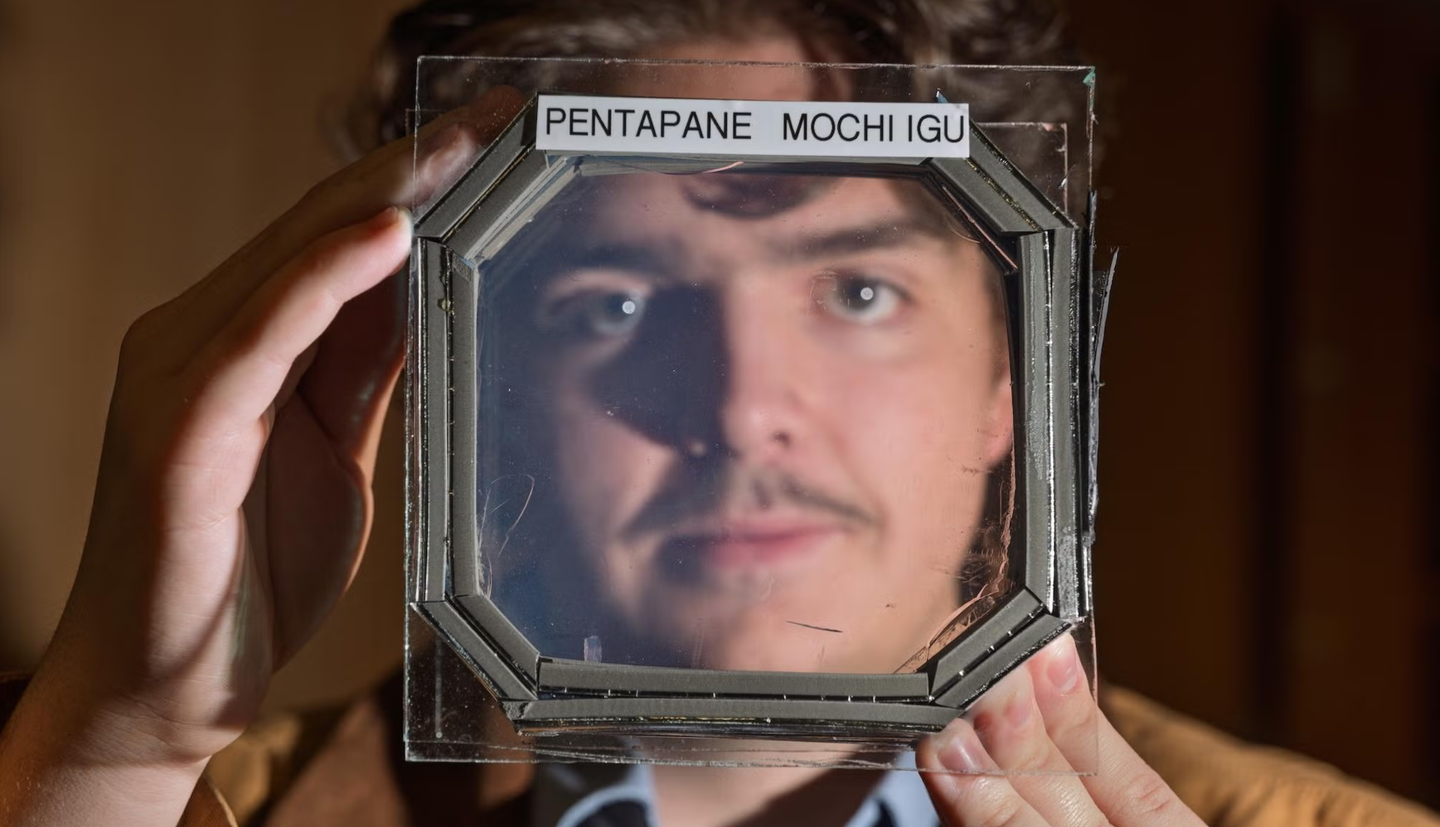16 lab-grown brains run world’s first ‘living computer’ – use 1 million times less power than a microchip
The computational power of 16 brain organoids boasts energy consumption that is a million times lower than their silicon counterparts.

Swiss technology firm Final Spark has made a groundbreaking leap in the computing world by launching Neuroplatform, the first bioprocessing platform where human brain organoids—lab-grown miniaturized versions of human organs—take over computational tasks traditionally handled by silicon chips.
The debut facility harnesses the computational power of 16 brain organoids, boasting energy consumption that is a million times lower than their silicon counterparts. This innovation is significant given the inefficiencies associated with silicon-based chips, which, despite revolutionizing computing by making it smaller and more scalable, are notorious for their high energy demands.
The energy inefficiency of silicon chips becomes increasingly evident with the rising complexity of applications, such as artificial intelligence (AI) model development. For instance, Final Spark estimates that training GPT-3, the large language model behind ChatGPT, consumed 10 GWh of energy—a staggering 6,000 times more than the annual energy consumption of an average European city.
Replacing silicon chips with bioprocessors like those on the Neuroplatform could lead to substantial energy savings. The Neuroplatform provides research labs the opportunity to harness the power of biological processors, paving the way for more sustainable computing.
How Neuroplatform Works
Neuroplatform represents a convergence of hardware, software, and biology, with human brain tissue at its core for data processing. Researchers often refer to this kind of system as "wetware" due to its biological component.
The innovative setup of Neuroplatform relies on Multi-Electrode Arrays (MEAs), where the three-dimensional brain tissues are placed.
Related Stories
Each MEA contains four brain organoids interfacing with eight electrodes, which serve a dual purpose: stimulating the organoids and recording the processed data.
Data transfer occurs via digital analog converters with a 16-bit resolution and a 30 kHz frequency. A microfluidic system ensures life support for the MEAs, while cameras monitor overall operation. The software stack of Neuroplatform allows researchers to input variables for computations and read and interpret the output data effectively.
Longevity and Challenges of Bioprocessors
Final Spark's bioprocessors are notable for their drastically reduced energy consumption. However, unlike silicon chips, which only need electricity and can last for many years, bioprocessors face the challenge of limited lifespan due to the biological nature of their components.
In its early development stages, Final Spark encountered significant challenges, with organoids dying within just a few hours. The company has since improved its MEA systems to extend the organoids' lifespan to 100 days, making the technology more viable for practical use.
Access and Future Prospects
Neuroplatform is now accessible to institutional users for research and development purposes, with a subscription cost of $500 per user per month, as reported by Tom’s Hardware. Final Spark has already partnered with nine research institutes and aims to pioneer the world's first living processor.
By merging biology with technology, Final Spark is not only addressing the energy inefficiencies of silicon chips but also opening new frontiers in computational capabilities.
The potential applications of Neuroplatform span various fields, from medical research to artificial intelligence, positioning Final Spark at the forefront of a new era in computing technology.
For more science news stories check out our New Discoveries section at The Brighter Side of News.
Note: Materials provided above by The Brighter Side of News. Content may be edited for style and length.
Like these kind of feel good stories? Get the Brighter Side of News' newsletter.



